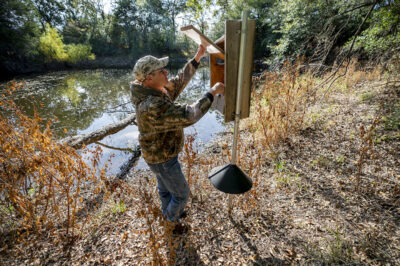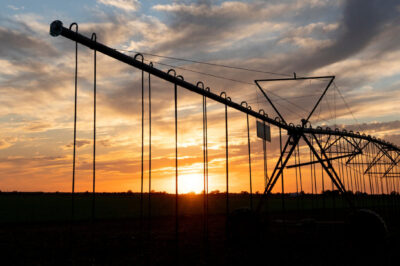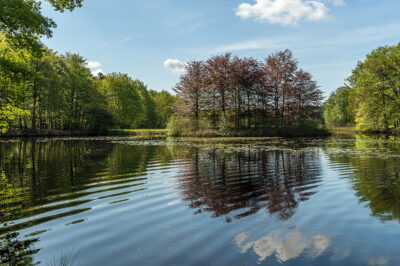Water Damage Restoration & Clean Up Checklist
- Type
- Publication
Overview
After the flood waters recede and the clean up has been done, most folks want to get back into their homes or businesses and start rebuilding. The problem is that wood that has been submerged in water has likely absorbed a large amount of water. Rebuilding too quickly after a flood can cause continuing problems such as mold growth, insect infestations, and deterioration of the wood and wall coverings.
For more resources related to natural disaster recovery, please visit TexasHelp.
More choices in Disaster Preparedness & Recovery
- Program
In the aftermath of Hurricane Harvey, Texas Community Watershed Partners (TCWP) has the resources to facilitate Partnerships, Planning, and Conservation.

The Cooking Well Series is a suite of programs which includes various lessons of interactive classes with research-based information accompanied by a cooking component.
Resources for this program are provided by county agents directly.
- Program
The Rangeland, Wildlife, and Fisheries Management (RWFM) Stewardship Webinar Series provides research-based strategies and applied management recommendations that enhance stewardship practices for our natural resources.

- Tools and Apps
TexasET provides daily reference and weather data from special weather stations and has online tools for use of this data in irrigation scheduling.

- Research Institute or Center
The Texas A&M Natural Resources Institute works to improve the conservation and management of natural resources and private land stewardship through research, education and policy.





